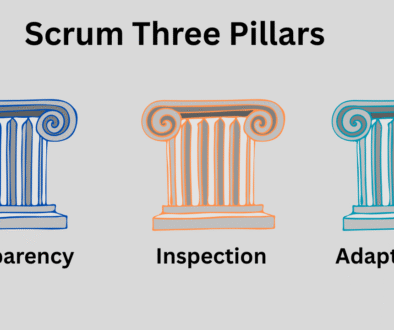Product Backlog and Sprint Backlog
Product Backlog and Sprint Backlog
In Agile Scrum, work is organized and managed through backlogs, which act as lists of tasks, features, or requirements. Two important types of backlogs are the Product Backlog and the Sprint Backlog.
Although they sound similar, they serve different purposes and are used at different stages of the development process. Understanding their roles helps teams plan effectively and deliver value efficiently.
What is a Product Backlog
The Product Backlog is a prioritized list of all features, enhancements, bug fixes, and technical tasks needed for the product. It represents everything that could be built for the product, maintained by the Product Owner.
Items in the Product Backlog are called Product Backlog Items (PBIs) and are continuously refined as new requirements or ideas emerge. It serves as the single source of truth for what might be worked on in the future.
What is a Sprint Backlog
The Sprint Backlog is a subset of the Product Backlog that the development team commits to delivering during a specific Sprint. It contains the selected Product Backlog Items for the Sprint along with a plan for how to deliver them. Unlike the Product Backlog, the Sprint Backlog is owned and managed by the Development Team, and it evolves during the Sprint as work progresses.
Product Backlog vs Sprint Backlog
Some of the differences are as follows:
| Product Backlog | Sprint Backlog | |
|---|---|---|
| Purpose | Represents the complete list of desired product features and tasks. | Represents the work planned for the current Sprint. |
| Scope | Entire product lifecycle. | One Sprint duration. |
| Owner | Product Owner. | Development Team. |
| Change Frequency | Continuously updated as priorities change. | Updated daily during the Sprint, but scope is fixed after Sprint Planning. |
| Detail Level | May contain high-level and detailed items. | Contains only detailed tasks ready for immediate development. |
| Timeframe | Long-term planning tool. | Short-term execution plan. |


